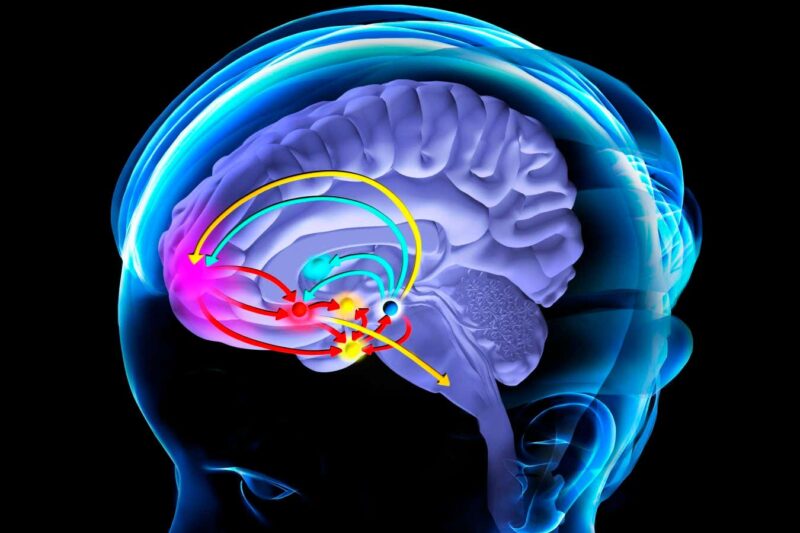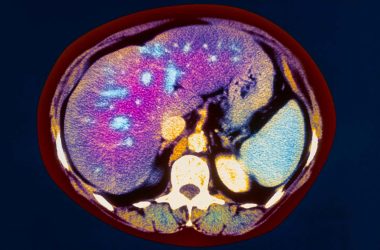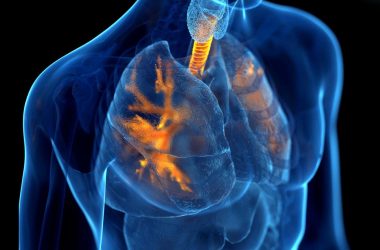The reward pathway in the human brain, showing how a stimulus such as alcohol leads to the release of the chemical dopamine, which affects our emotional response and reinforces the release of further dopamine and other hormones
FERNANDO DA CUNHA/SCIENCE PHOTO LIBRARY
A future treatment for alcohol misuse could involve injecting gene therapy directly into the brain, as demonstrated by a small trial in monkeys that resulted in a significant reduction in their alcohol intake.
In this study, the gene therapy increased the production of dopamine, a signaling chemical believed to be associated with addiction. If successful in humans, this treatment would likely be reserved for individuals with severe alcohol misuse due to the potential risks involved in brain procedures.
Currently, talking therapies are the main form of treatment for alcohol misuse. While some drugs can help reduce alcohol consumption, they do not work for everyone.
Many people who wish to quit drinking struggle with alcohol cravings and may stop taking their prescribed medications. To address this problem, Kathleen Grant and her colleagues at Oregon Health & Science University in Portland explored the possibility of using gene therapy as a long-lasting treatment solution.
Individuals who have consumed excessive amounts of alcohol over several years often exhibit lower levels of dopamine in two specific areas in the center of the brain called the ventral tegmental areas. Grant’s team therefore developed a gene therapy approach that would increase dopamine in these areas.
The researchers tested this approach on adolescent rhesus monkeys that had previously shown a preference for heavy drinking. By adulthood, these monkeys were consuming the equivalent of several units of alcohol per day.
The team administered a modified virus carrying a gene that encodes a signaling molecule called glial cell line-derived neurotrophic factor (GDNF) into the brains of four monkeys, targeting each ventral tegmental area through small holes drilled in their skulls. Four other monkeys received an inert substance for comparison.
Over the course of the next year, the treated monkeys chose to consume over 90% less alcohol compared to the comparison group. Grant describes this reduction as a drop to nearly zero.
At the end of the one-year study period, the animals were euthanized and their brains examined. The researchers discovered higher levels of both GDNF and dopamine in the targeted brain regions of the treated monkeys, in comparison to the non-treated group.
However, the exact mechanism of action for this therapy remains unclear, according to Grant. It is possible that the therapy prompts brain cells to produce more dopamine or that dopamine is cleared from the brain at a slower rate. Additionally, GDNF was found to elevate levels of other brain-signaling chemicals such as serotonin and noradrenaline (norepinephrine).
While the technique shows promise, doctors may be cautious about administering this treatment to individuals unless they are severely affected by alcohol misuse, remarks Simon Waddington at University College London. “It’s quite significant to receive a gene therapy injection in the brain that cannot be turned off.”
Topics:








